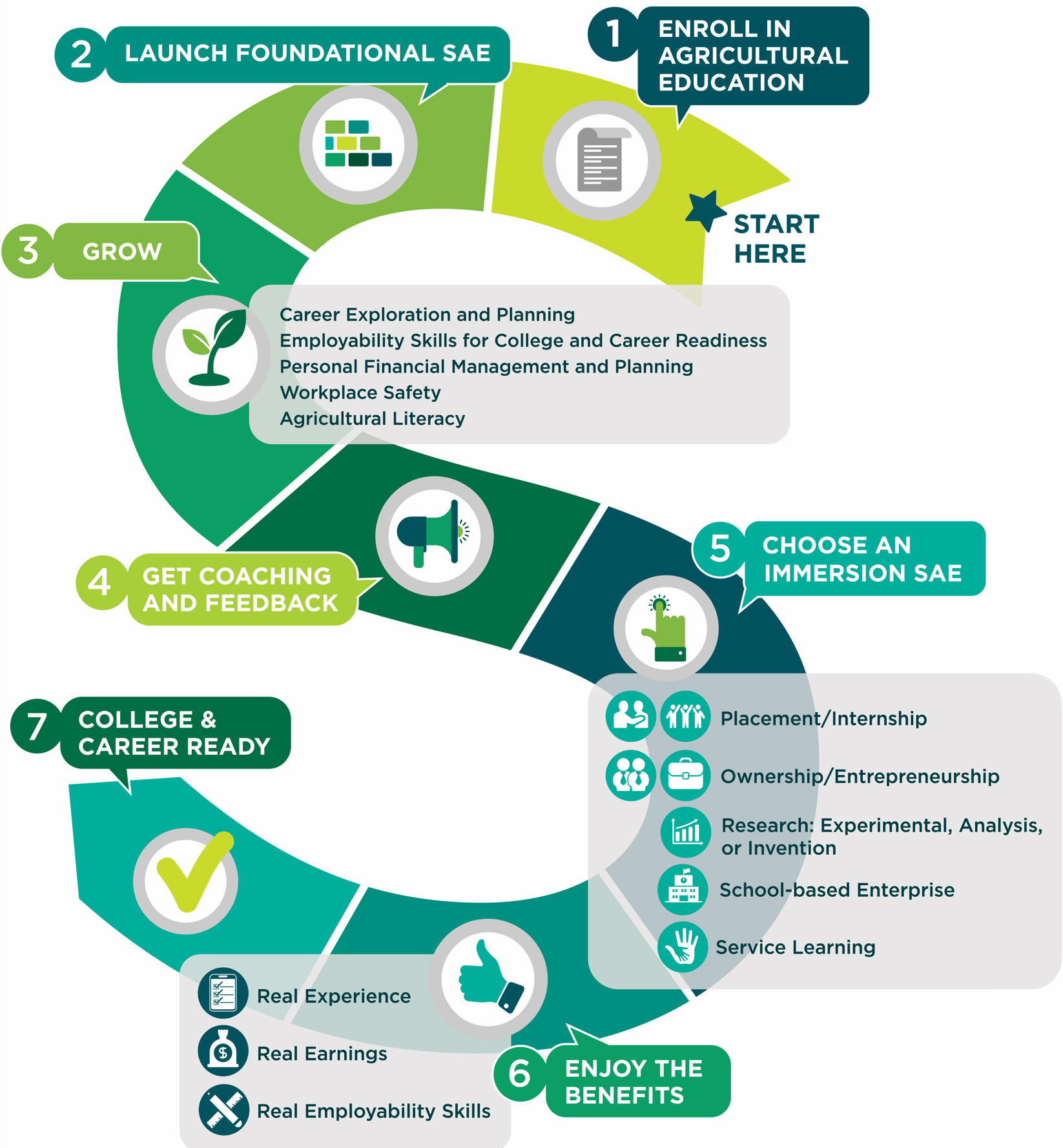 |
| The House without clear directions |
I had 2 members facing away from each other. One member was the drawler and one was the master builder. The master builder would describe a house and the drawler would draw the house.
The directions seemed clear: Draw one line in the center of the page, then draw another line off that one to the right. Then draw a line off that one straight up. Then draw another line to the left. Then draw a triangle over all the lines. Then draw a rectangle in between lines 1 and 3 that you drew. Draw a circle on the new rectangle and boom you have a house!
Although reading that I am picturing a drawling of a simple house it never came out that way.
This week I really got to hone in on one of 5 skills we discussed about being an effective teacher. Last semester, we deep dived into 5 principles of effective teaching and clarity was one of them.
What did I teach this week?This week I started my entomology unit online with 2 sections of Introduction to Agriculture. I used online resources such as Flip Grid, Google Slides and a modified lab to get started with what insects are, insect ID and insect adaptations.
What did I take away?
- Up until know I was able to answer all questions by a simple hand raise. I tend to forget small details on assignments such as where to hand it in. This week i was able to catch myself a little more doing this because everything has to be electronic.
- I also had a day or 2 where I had to redo my instruction set because it was not as clear as it could be. Overall, this is a new challenge for everyone because it is easy when i can show students where to find resources and materials before they start but, now I can not do that as easily.
- Lessons/assignments with the fewer steps or transferring from several places are the best.
Goals for this week?
 |
| The House with clear directions |
- Have someone in my house read my directions before posting them and see if they can figure out how to do the assignment. This way it adds less confusion on the student end and is someone who has no idea how my class is set up.
- Host more opportunities for conferences that I can either do a small lesson online at or allow students a chance to ask questions.
- Sign off more frequently. I have found that since I am now quarantined in my house and teaching from my house I do not really "sign out" of schoology or my email. I have this idea that I need to respond back right away even if it is 7 or 8 at night. I always struggled with work-life balance but, I really now need to come up with a system to sign off for a little bit.







